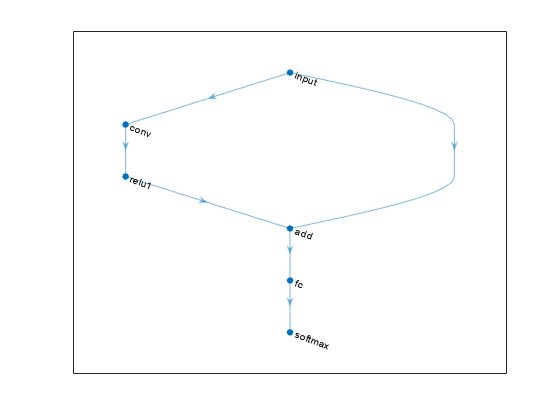replaceLayer
Replace layer in neural network
Syntax
Description
netUpdated = replaceLayer(net,layerName,layers)layerName in the dlnetwork
object net with the layers in layers.
replaceLayer connects the layers in
layers sequentially and connects
layers into the network.
netUpdated = replaceLayer(net,layerPath,layers)layerPath in the
dlnetwork object net with the layers in
layers. (since R2024a)
netUpdated = replaceLayer(___,ReconnectBy=mode)


